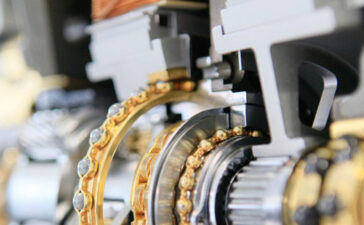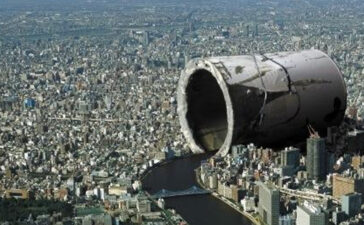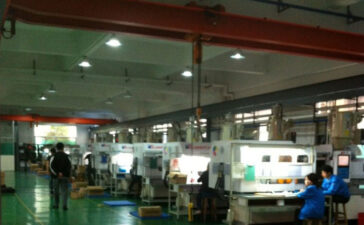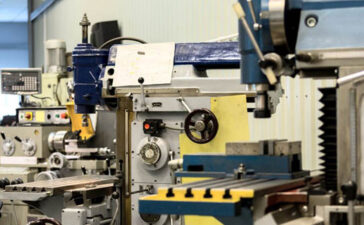LDPE low density polyethylene chemical and physical properties
The density of commercial PE-LD materials is 0.91 ~ 0.94 g / cm3. PE-LD is permeable to gas and water vapor. PE-LD has a high coefficient of thermal expansion and is not suitable for processing long-term products. If the density of PE-LD is between 0.91 and 0.925 g / cm3, then the shrinkage is between 2% and 5%; if the density is between 0.926 and 0.94 g / cm3, then the shrinkage is between 1.5% and 4 %between. The current actual shrinkage depends on the injection molding process parameters. PE-LD can resist many solvents at room temperature, but aromatic and chlorinated hydrocarbon solvents can make it swell. Similar to PE-HD, PE-LD is prone to environmental stress cracking.
Typical application range of LDPE low density polyethylene
Bowl, cabinet, pipe coupling.
LDPE low density polyethylene injection molding process conditions
Drying: generally not required
Melting temperature: 180 ~ 280 ℃
Mold temperature: 20 ~ 40 ℃, in order to achieve uniform cooling and more economical heat removal, it is recommended that the diameter of the cooling cavity is at least 8mm, and the distance from the cooling cavity to the surface of the mold should not exceed 1.5 times the diameter of the cooling cavity.
Injection pressure: up to 1500bar.
Holding pressure: up to 750bar.
Injection speed: It is recommended to use fast injection speed.
Runners and gates: Various types of runners and gates can be used. PE-LD is particularly suitable for hot runner molds.








